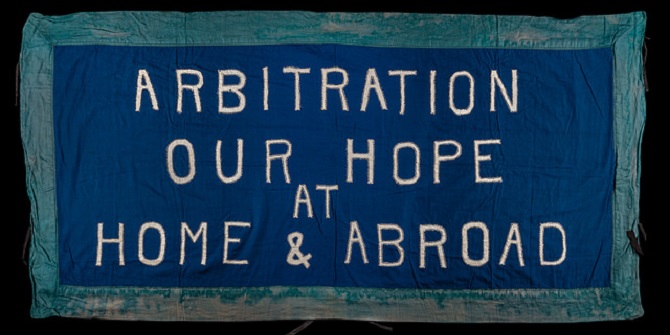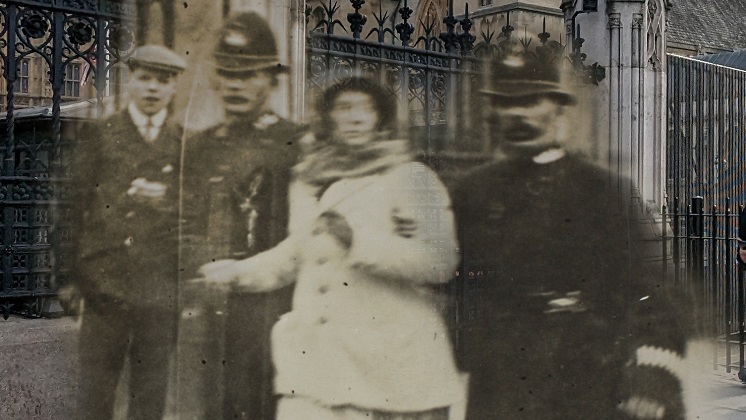Sophie Hurst, a Writing for Performance student from the Royal Central School of Speech and Drama, has had a Writers in Residence unit at the Women’s Library at LSE. She focused her research on Women in Sport, an uncatalogued archive in the Women’s Library.
The first term of my third year at university has allowed me to participate in a Writers in Residence. The main aim of the unit is to write a 30-minute play inspired by my residency. I was keen to focus my practice on feminism and immerse myself in an environment which would enable me to research this fully. The Women’s Library at LSE was the perfect space to assist in facilitating my work, giving me access to various collections on history focused on women. Whilst I was aware of the collections available in the Women’s Library, I was unaware of the uncatalogued archives and was given the privilege to spend the eight weeks of my residency looking through an uncatalogued collection: Women’s Sport Foundation (now Women in Sport).
The collections I looked through contained women’s sports magazines primarily from the 1980s, along with sports records from the Women’s Sports Foundation UK (now known as Women in Sport). There was also a collection of photographs taken by Eileen Langsley – a well-respected sports photographer – as well as a few hidden surprises such as an unpublished play by Anne McArthur named Atalanta’s Apples.
A lot of these archives are believed to have belonged to co-founder of the Women’s Sports Foundation UK, Celia Brackenridge. Also, a professional lacrosse player, Brackenridge co-founded the UK branch of Billie Jean King’s charity that advocates for female participation in sports.
Here some of my favourite pieces that I discovered during my time at the Women’s Library.
Are High Heels Responsible for Foot, Calf and Back Injuries in Female Sport?
Whilst looking through the magazine archives, I discovered an article by Vivian Grisogono – a physiotherapist – from the Sport and Leisure Magazine from July to August 1985. Throughout the article, Grisogono discusses some causes which may contribute to injuries among women who participate in sports.
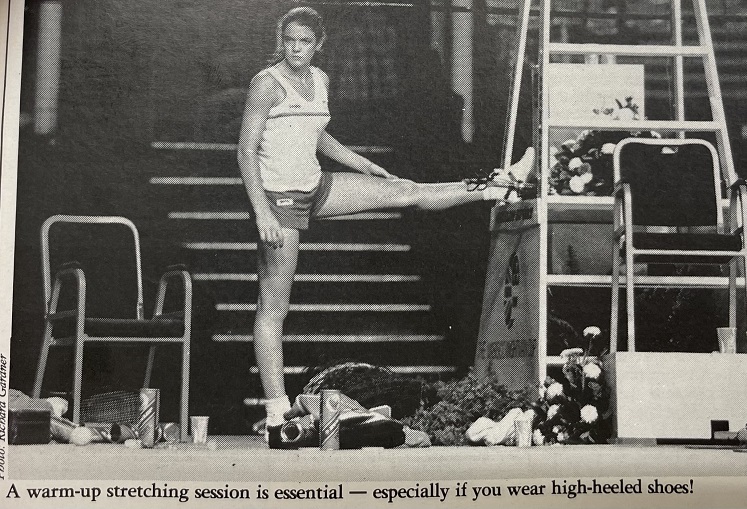
One point that Grisogono made caught my eye in particular. Grisogono appears to comment that a main cause of injuries in female sport is due to “posture problems” which stem from the “fashionable, high-heeled, tight-toed, platformed or thin-soled shoes.”
Lack of research regarding injuries within female sports – and female healthcare in general – is still a prevalent issue. One example which immediately springs to mind is the ACL crisis within women’s football. The ACL is one of the ligaments in the knee, which helps it to stay stable, and in women’s football, we are seeing ACL tears more than ever with minimal research and solutions available to the public.
Atalanta’s Apples – Anne McArthur
Amongst some of Celia Brackenridge’s archives, I stumbled upon a play, assumingly sent to Brackenridge by Anne McArthur. This 41 paged play uses Greek mythology to tell the history of female sport, using Queen Elizabeth I as the protagonist.
Atalanta can run faster than any man, knowing that if they beat her, she must marry them – if she wins, the opponent will get killed. Hippomenes, prayed to Aphrodite that he would beat Atalanta. Aphrodite granted him his wish by giving him three apples, so that every time Atalanta was ahead, Hippomenes would roll an apple, forcing him to beat Atalanta.
Throughout the play, Atalanta and Queen Elizabeth are met by key figures, who played a part in the progression (or lack of) in women’s sport.
Atalanta’s Apples gets off to a slow, but detailed start, yet finishes feeling rushed and unfinished. It has proven difficult to find any further information of McArthur’s play, leaving me to think that this draft was never published or developed. It was great to discover a piece of theatre tackling issues similar to the ones in my play!
“The things you have to do to attract a bloke’s attention”…
A letter in 1996 from Eileen Langsley, a renowned sports photographer, informs Celia Brackenridge, a sportswoman who founded the Women’s Sports Foundation UK, of a greeting card in WH Smith, where Romanian gymnast, Marela Pasca, is photographed on the bar, legs apart, facing the camera, captioned with “the things you have to do to attract a bloke’s attention.”
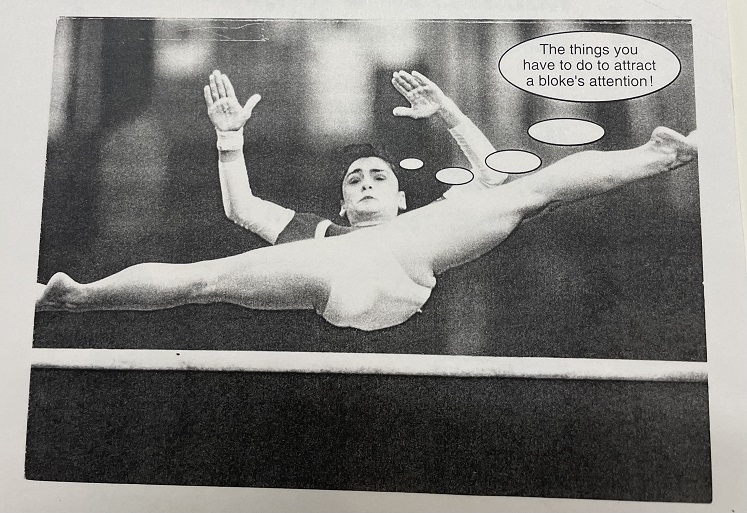
Another document highlights that Celia Brackenridge reached out to the company which produced this greeting card and received a response from their managing director, who responded that the card was designed for a “male range targeted at Sun readers” and that “the nature of our business offends… that’s what we do”.
Running For Women Magazine – New Balance Ad 1985:
New Balance is a brand which consistently advertised within the collection of female sport magazines (80s and 90s) that I have been looking at. They research into the female body in order to manufacturer shoes designed for women. I stumbled across an interesting ad in the Running for Women Magazine, where there is an image of a man in a bra with the quote “this is how some manufacturers see women, when designed women’s shoes”, insinuating that minimal research goes into the design of sports products for women.
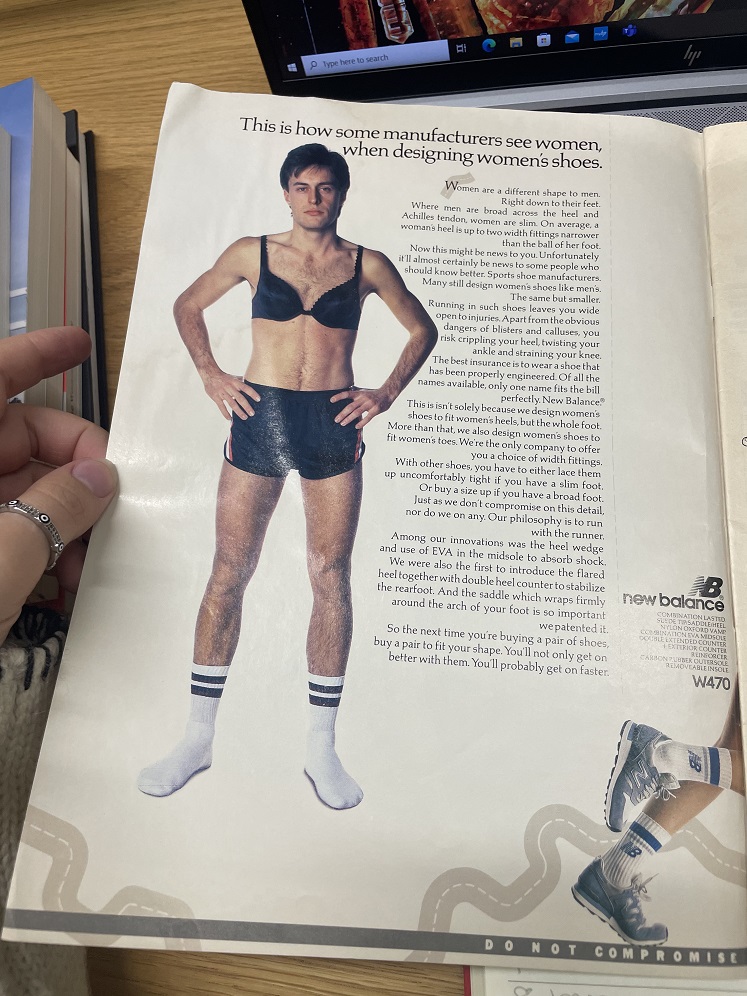
New Balance said that “many still design women’s shoes like men’s, the same, but smaller” reminded me of what Emma Hayes – the current manager of the Chelsea women’s football team, and soon to be the head coach of the US women’s national team – said when discussing creating an environment to allow her players to be at their best: “women are not small men”. Adapting the game, trainers, or whatever it may be to cater to women is crucial if we want to see them succeed at their best. Almost 40 years on from this New Balance ad, and we are still having the same discussions… It is only recently that we have seen football boots designed specifically for the women’s game. Why has it taken 38 years?
Men Only Says Royle – Express 2000
Wendy Toms was the first fully fledged FA lineswomen/assistant referee who worked her way up to officiate in the Football League and the Premier League, both as assistant referees. I discovered an article where Joe Royle – former Manchester City men’s manager – slammed the decision that Toms will be an assistant referee at the 2000-01 EFL Cup final.
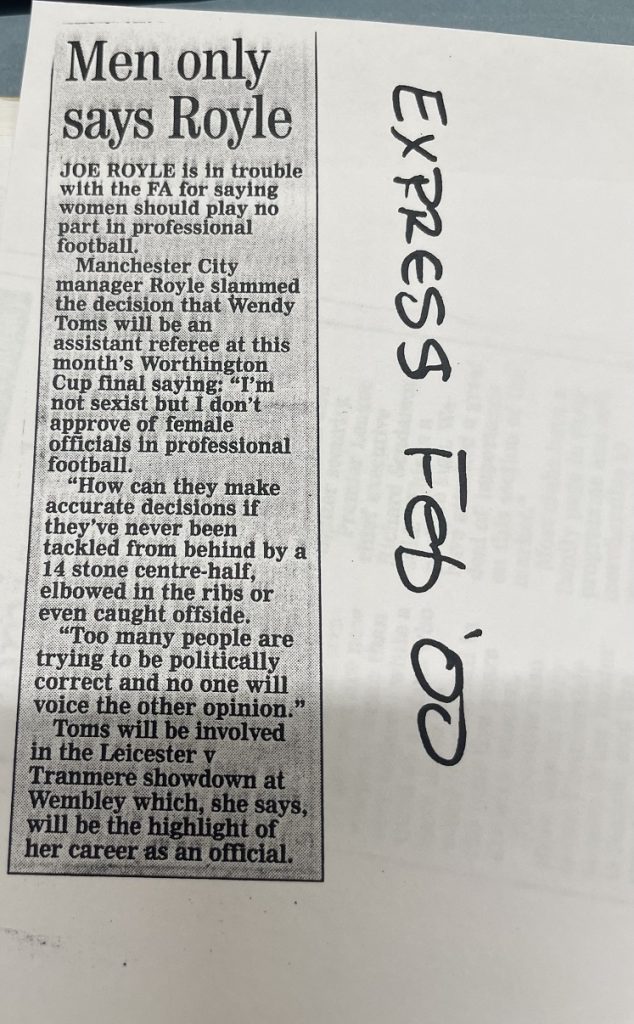
He argues that he is not sexist, but because Toms “has not experienced a tackle from behind” or been “elbowed in the ribs”, she should not be able to make decisions. I am not entirely sure of the refereeing course officials must take, but I imagine that getting elbowed in the ribs, individually caught offside or being tackled by a 14 stone centre half, isn’t a requirement to qualification!



